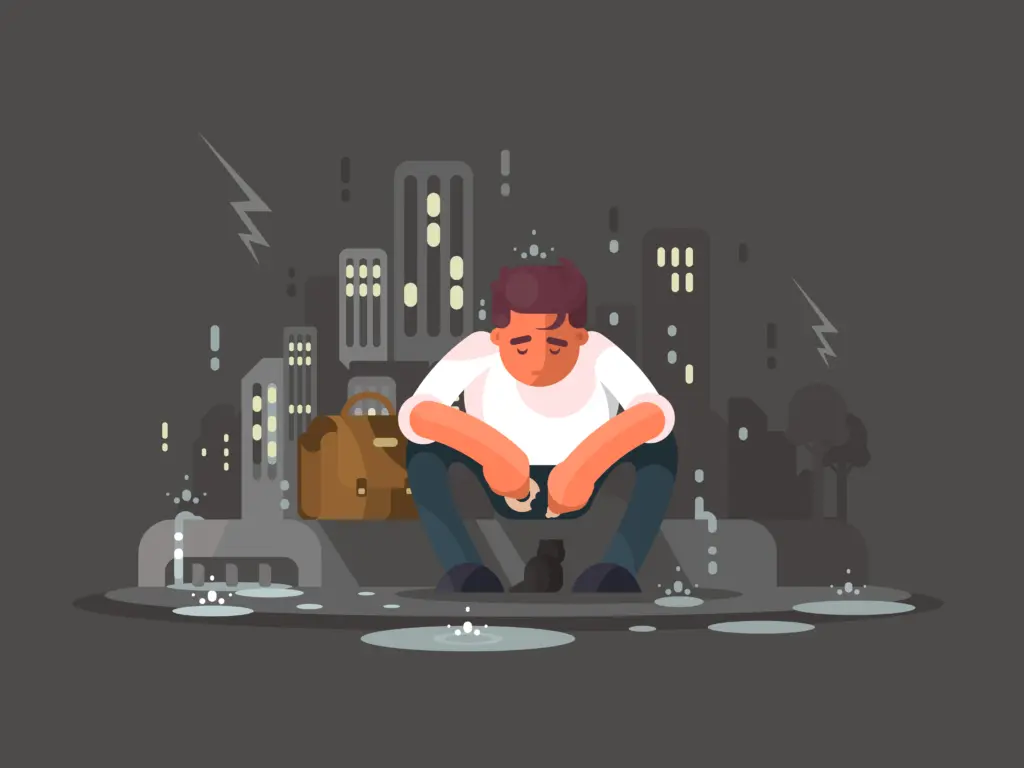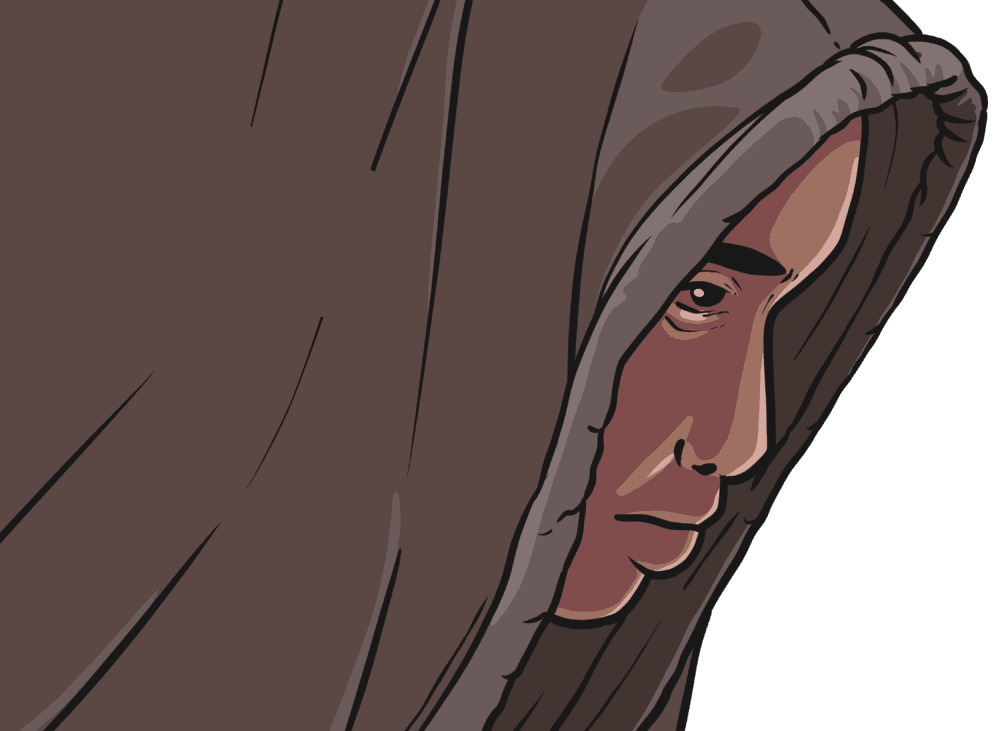Seasonal Affective Disorder (SAD) is a subtype of major depressive disorder characterized by recurrent depressive episodes that occur at a specific time of the year, most commonly during fall and winter. This condition, often colloquially referred to as “winter blues,” can significantly impact an individual’s mood, energy levels, and overall well-being. In this article, we delve into the diagnostic criteria of SAD, its symptoms, and explore Cognitive Behavioral Therapy (CBT) as an effective treatment option.
Diagnostic Criteria for Seasonal Affective Disorder (SAD)
To be diagnosed with Seasonal Affective Disorder, individuals must meet the following criteria, as outlined in the Diagnostic and Statistical Manual of Mental Disorders (DSM-5):
- Recurrent Major Depressive Episodes:
- The individual experiences a major depressive episode during a specific season (typically fall or winter).
- Episodes occur regularly and remit at a specific time of the year (e.g., spring or summer).
- Temporal Relationship:
- The depressive episodes significantly outnumber any non-seasonal episodes throughout the individual’s lifetime.
- Seasonal Symptom Pattern:
- There must be a consistent seasonal pattern in the onset and remission of depressive episodes.
- Remission in Different Seasons:
- Full remission of depressive symptoms occurs during the specific season not associated with the depressive episodes.

Symptoms of Seasonal Affective Disorder
The symptoms of SAD are similar to those of major depressive disorder and may include:
- Persistent feelings of sadness or despair.
- Loss of interest or pleasure in usual activities.
- Changes in sleep patterns (oversleeping or difficulty sleeping).
- Changes in appetite or weight.
- Fatigue or loss of energy.
- Difficulty concentrating or making decisions.
- Feelings of worthlessness or guilt.
- Thoughts of death or suicide.
Cognitive Behavioral Therapy (CBT) as a Treatment Option
Cognitive Behavioral Therapy has emerged as a valuable and evidence-based treatment for Seasonal Affective Disorder. CBT is a psychotherapeutic approach that focuses on identifying and changing negative thought patterns and behaviors. Here’s how CBT can be applied to SAD:
- Identifying Negative Thought Patterns:
- CBT helps individuals recognize and challenge negative thought patterns associated with seasonal depression, fostering a more positive mindset.
- Behavioral Activation:
- Encourages engagement in positive activities and behaviors, counteracting the tendency to withdraw and isolate during the winter months.
- Light Exposure:
- CBT for SAD often incorporates light therapy, exposing individuals to bright light that mimics natural sunlight. This can help regulate circadian rhythms and improve mood.
- Coping Strategies:
- Equips individuals with practical coping strategies to manage stress, negative thoughts, and depressive symptoms during the challenging seasons.
Conclusion
Seasonal Affective Disorder is a recognized mental health condition that can significantly impact the lives of those affected. Recognizing the diagnostic criteria and understanding the symptoms is crucial for timely intervention. Cognitive Behavioral Therapy, with its focus on changing negative thought patterns and behaviors, has shown promise as an effective treatment for SAD, offering individuals a path towards improved mental well-being and a brighter outlook even during the darkest seasons.
Ready to begin? Start your online therapy journey today. Book your first session now.




